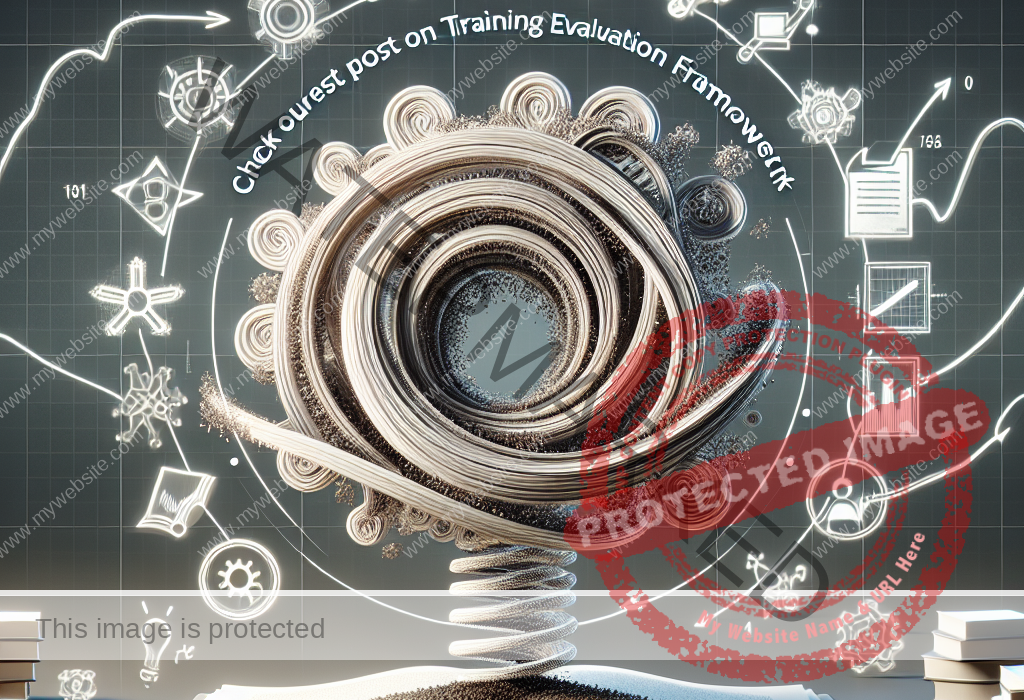How to Choose Communication Channels in the Workplace
Reading Time: 2 minutesThe Significance of Communication Channels at Work: Insights from an Experienced eLearning Developer Having worked on various online training courses, I understand the vital role that communication channels play in the workplace. Effective communication is crucial for project success and team collaboration. This article sheds light on how communication impacts productivity and











